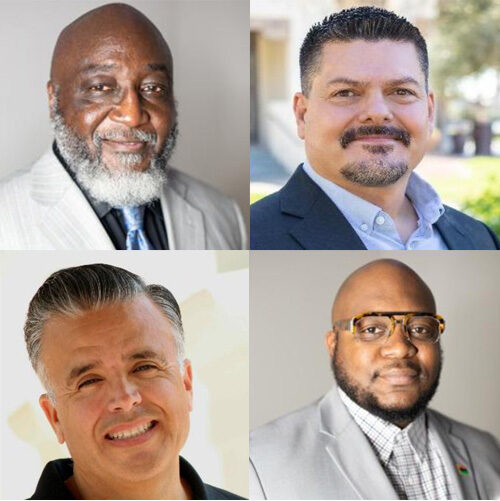Many boys and men do like therapy, of course, but many leave therapy–or never come–and that is not good. If you look around you, you’ll see that only 1 in 9 new mental health counselors are male. Around 1 in 5 new social workers are men. Graduate schools throughout the medical and therapeutic profession are predominantly filled with women, which is great for women but shows a potentially dangerous male gap. In the therapeutic professions, the gap is especially stark, with approximately 3 of 4 therapy clients female, leaving 1 in 4 males in therapy. With these statistics in tow, it it’s fair to ask, “Why don’t boys and men like therapy?”
Trying to understand males in this puzzle is not zero-sum: it’s not about trying to take anything, including jobs, away from women. It’s popular to argue that males avoid health care and therapy because of “traditional masculinity”, i.e. “Males are taught not to be weak so they choose against taking care of themselves.” This is true for some men, but the reality of the male health care gap is much more complex, with multiple variables, and “masculinity training” may be correlative, but does not substantially cause males to miss out on health care.
We are honored again this year to have our Summer Institute, June 22-23, at Army and Navy Academy, an Independent school nestled on the beautiful beaches of Carlsbad, CA. At the SI, we will provide keynotes, workshops, and working lunches in which we’ll delve deeply into female and male mental health, educational issues, and social emotional needs. In today’s blog Michael Gurian provides a glimpse of a brain-based approach to “why males don’t like therapy,” as well as a number of strategies you can use in your school, organization, office, and home as you help males process emotions and health needs.
Three structural variables affect the male health care gap. These variables are positives for women and girls, but problematic for boys and men.
1) Our Western societies have few or no hospitals, clinics, and practices that specialize in boys and men–we have women’s clinics but not men’s clinics, so men are kept generalized and women are a specialty. Popular headlines show up a great deal along the lines of, “Men get more health care than women,” or, “Most health care is about men, anyway,” but those headlines are not true in the aggregate. Without specialties or a place to go, men are left out.
2) As a major 2014 Moses and Boggess study showed, for males to get governmental help comparable to female, males have to enter the criminal justice system. Women have access to governmental support–reproductive related or basic health through children’s health programs, etc. Men generally cannot access to assistance until they are deemed criminals (See: Saving Our Sons, 2017, by Michael Gurian).
3) Health insurance skews female because so many more males have stopped looking for work than females, are homeless, and/or can’t access health insurance through means set up for women and children. Obama-care made a tiny dent in this problem, but the dent is getting buffed out again, inadvertently I believe, as Obama care is eradicated in many places. (See: http://whitehouseboysmen.org/the-proposal)
A fourth variable is the subject of this blog I wrote for psychotherapy.net: our therapists and mental health industry are not trained to work with males. More than 95% of therapists have not seen male/female brain scans. Males come into therapy because women, mainly, ask them to (wives, partners, moms), but sitting in that chair for 50 minutes with nothing getting done except, “how did that make you feel,” is so misfit to most male brains that too many males vote with their feet and leave therapy.
I was honored that Psychotherapy asked me to write a blog on the new American Psychological Association’s Guidelines for Practice with Boys and Men for their professional readers. In the blog, which follows, I include therapeutic strategies and new theory involving male brain scans and gender neuroscience. I hope you’ll find the strategies immediately applicable as you look for a therapist for a male you know or, if you are a practitioner, adjust practice with boys and men. — Michael Gurian










